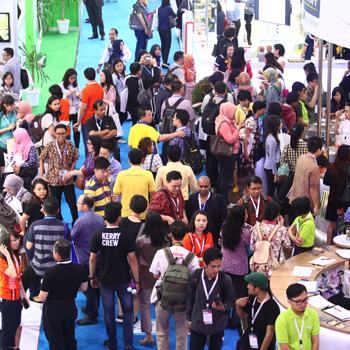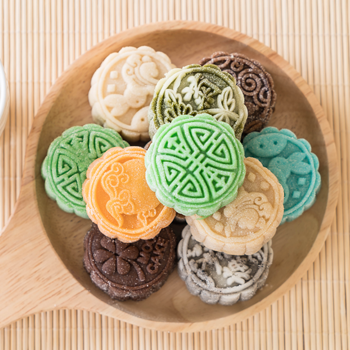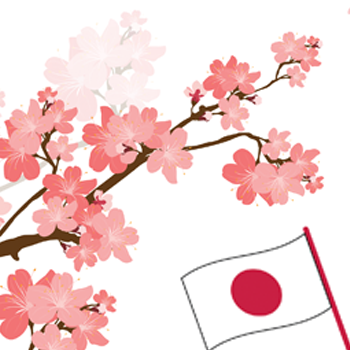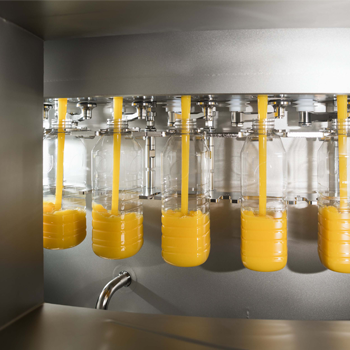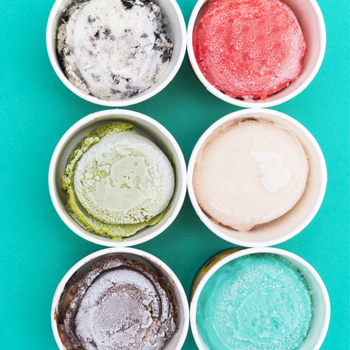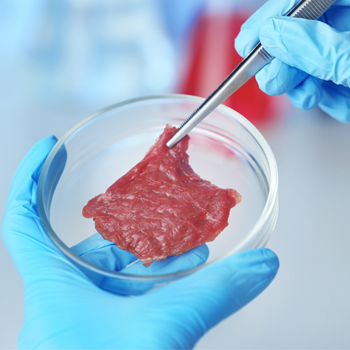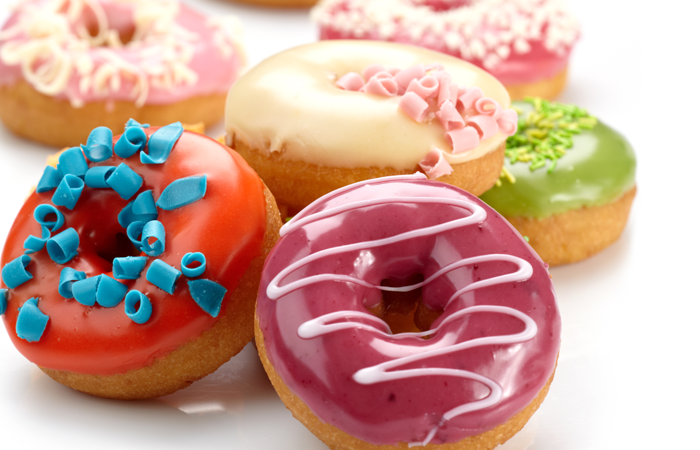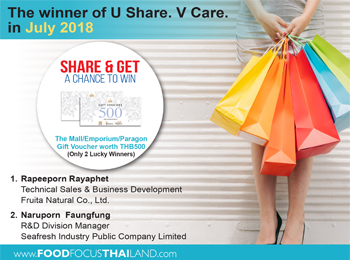Fi Asia 2018 เวทีที่รวบรวมผู้ประกอบการในอุตสาหกรรมส่วนผสมอาหารและเครื่องดื่มที่ยิ่งใหญ่ที่สุดในอาเซียน!
By: Editorial Team
Fi Asia ครั้งที่ 23 งานที่จะช่วยให้คุณสามารถเข้าถึงอุตสาหกรรมส่วนผสมอาหารของอาเซียนได้อย่างครบครัน โดยคาดว่าจะมีผู้เข้าร่วมงานจากอุตสาหกรรมอาหารและเครื่องดื่มกว่า 20,000 ราย และมีผู้จัดแสดงจากทั้งในระดับประเทศ ภูมิภาค และทั่วโลกจากทุกภาคส่วนของอุตสาหกรรมอาหารและเครื่องดื่ม รวมกว่า 750 ราย จากกว่า 50 ประเทศเข้าร่วม
ลองมาดูไฮไลต์ของการจัดแสดงในครั้งนี้ที่จะช่วยให้คุณได้เรียนรู้และก้าวสู่ระดับแนวหน้าของอุตสาหกรรมส่วนผสมของอาหารและเครื่องดื่ม:
Beverage Ingredients (Bi) Theatre มาร่วมรับแรงบันดาลใจจากการชมพรีเซนเทชั่นจากผู้จัดแสดงสินค้าชั้นนำและผู้เชี่ยวชาญด้านเครื่องดื่ม โดยภายในงานจะมีการจัดแสดงผลิตภัณฑ์เครื่องดื่มกว่า 20 รายการ ที่จะมานำเสนอภายใต้คอนเซปต์เครื่องดื่มสำเร็จรูปและเครื่องดื่มพร้อมดื่ม
สัมมนาเชิงเทคนิค มีสิ่งใหม่ ๆ ให้เรียนรู้อยู่เสมอ ในงานนี้จะมีโปรแกรมการสัมมนาที่คับคั่งไปด้วยข้อมูลจากผู้จัดแสดงที่หลากหลายที่จะเป็นประโยชน์แก่ผู้ร่วมงาน นอกจากนี้ผู้ร่วมงานยังมีโอกาสที่จะสอบถามค้นหาคำตอบและค้นพบส่วนผสมใหม่ ๆ ที่คุณสามารถใช้ในการพัฒนาผลิตภัณฑ์ของคุณ
การประชุม งานนี้ยังได้มีการประชุมเชิงวิชาการที่ได้รวมรวมผู้เชี่ยวชาญเฉพาะด้านที่จะมาร่วมให้ข้อมูลเชิงลึกในแวดวงอาหารและเทคโนโลยี
ทัวร์นวัตกรรม ร่วมเดินทางไปกับผู้เชี่ยวชาญจาก NutriMarketing ในหนึ่งชั่วโมงที่จะแสดงให้เห็นถึงนวัตกรรมล้ำสมัย พร้อมค้นหาคำตอบว่าบริษัทชั้นนำตอบสนองต่อนวัตกรรมในอุตสาหกรรมอาหารและเครื่องดื่มอย่างไร
Fi Asia 2018 จะจัดขึ้นระหว่างวันที่ 3-5 ตุลาคม พ.ศ. 2561 ณ Jakarta International Expo (JI EXPO) ประเทศอินโดนีเซีย ผู้เข้าชมงาน 1,000 คนแรกที่ลงทะเบียนออนไลน์และเช็คอินออนไลน์จะได้รับของที่ระลึกสุดพิเศษจากงาน Fi Asia 2018! โดยสามารถลงทะเบียนได้ที่ www.fiasia.com คุณจะได้รับบัตรเข้างานฟรีตลอดสามวัน พร้อมทั้งของสมมนาคุณ แคตตาล็อกงานแสดง ที่คุณจะเข้าถึงงานได้อย่างทั่วถึงทุกซอกทุกมุม
The 23rd edition of Fi Asia will provide full access to the ASEAN food ingredients industry, with an expected more than 20,000 food and beverage industry professionals attendees and more than 750 leading local, regional and international exhibitors, from all sectors of the food and beverage ingredients industry, from over 50 countries.
Check out these internationally renowned highlights to help you stay at the forefront of the F&B ingredients market:
Beverage ingredients (Bi) Theatre Be inspired by listening to presentations from leading exhibitors and beverage experts; over 20 products will be showcased with various types of finished beverages and ready-to-drink concepts.
Technical seminars There is always something new to learn at the thought-provoking and informative exhibitor seminar programme. Ask questions, get answers, and discover new ingredients you can use in your product development.
Conferences Featuring keynote speakers international conferences will provide insight into food science and technology
Innovation tours Join expert guides from NutriMarketing on one-hour topic-focused tour of the show floor. Discover how leading companies are responding to innovations in the F&B industry.
Fi Asia 2018 will take place from 3-5 October 2018 at the Jakarta International Expo (JI EXPO), Indonesia. The first 1,000 visitors to pre-register online and check in onsite will receive a limited Fi Asia 2018 giveaway! Register now at www.fiasia.com and you will receive your free three-day entrance pass, a free giveaway, a free show catalogue and free entrance to all onsite features.
